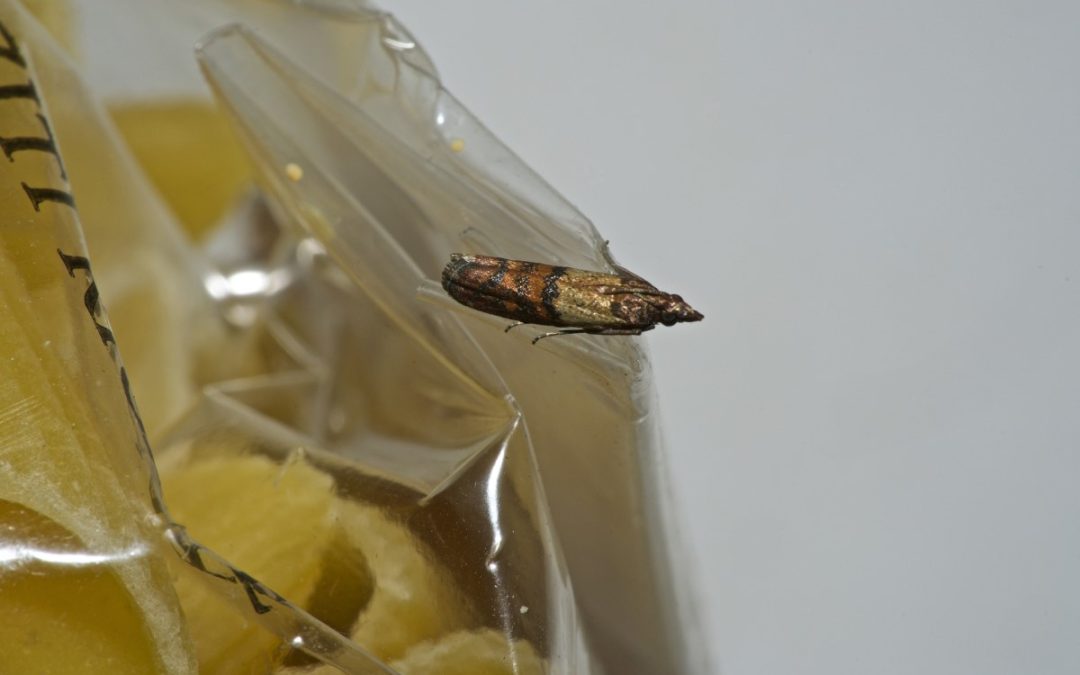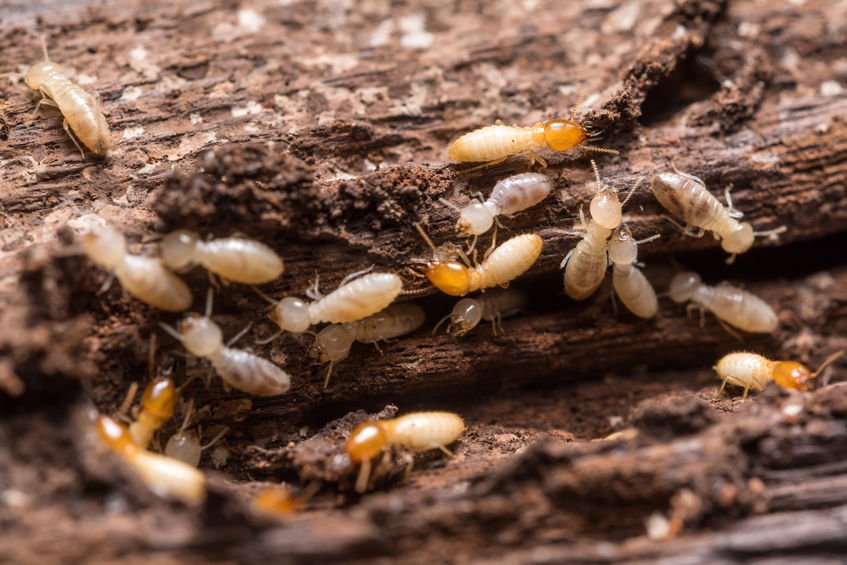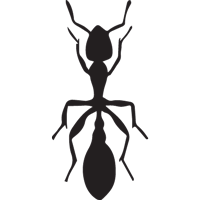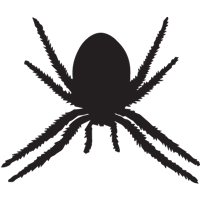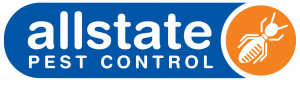
Your Guide to Termite Protection for New Homes
YOUR GUIDE TO TERMITE PROTECTION FOR NEW HOMES
There are over 350 known species of termites active in Australia. With many parts of Adelaide at high risk of termite attacks, you don’t want your dream home falling victim to them. Also known white ants, these pests are capable of chewing through walls, ceilings, floors and even electrical wiring, and if left unchecked could put the damage bill in the hundreds of thousands. Fortunately, a termite management can protect your new home before the foundations are even laid.
If you’re building a new home and concerned about termite outbreaks, we’ve prepared this helpful guide to explain how termite protection is installed and the different types of termite management systems used in pre-construction.
What questions will this article answer?
Why termite protection is important
Adelaide is considered to be at high risk of termite attacks that can cause significant structural damage to your home. Worse, it’s not usually covered by home and contents insurance.
Is termite protection mandatory?
Yes. According to the National Construction Code, your new home is required to have a built-in termite management system, or be built with materials which are termite resistant.
Ways to protect your home from termites
We use and recommend several methods to assist with termite prevention in new homes, including waterproofing, side slab moisture protection, chemical reticulation systems and concrete curing.
Kordon termite barriers
Kordon is our preferred termite barrier for new homes, thanks to its long term chemical and physical defence against the concealed entry of subterranean termites.
Allstate’s termite protection team
Our dedicated pre-construction termite protection team has thorough knowledge of termite behaviour, South Australian building regulations, and Australian Standards for termite protection – ensuring your new home is safe for years to come.
Why does my new home need termite protection?
Many parts of Australia are considered to have a high risk of termite infestations, and Adelaide is no exception.
An estimated one in five Adelaide homes have fallen victim to termite attacks, resulting in treatment and repair bills averaging $10,000 and major disruptions to households. That’s why it’s well worth the investment to prevent them from entering in the first place.
Why are termites so drawn to buildings?
Because they feed on cellulose-rich materials such as timber, which is a key component in most homes. Termites are able to quietly dig complex underground tunnels and gain entry into your house through tiny cracks and crevices.
Once they’re inside, they can cause significant damage, affecting your walls, floors and ceilings. You’ll notice cracks, blisters, sagging floors, warped door frames, bubbling or honeycomb patterns appearing in paint. Electrical wiring can also be affected.
What’s worse is that termite-related damage is not covered by home and contents insurance as it is deemed highly preventable.
The best way to reduce your risk of a termite outbreak is by choosing termite-resistant materials for construction, and having correctly installed and well-maintained termite barriers.
Anxious to protect your new home? Speak our termite protection experts
 or
or
Is termite protection mandatory?
Yes, there are specific termite risk management guidelines which are outlined by the National Construction Code.
Your new home is required to have a built-in termite management system, or be built with materials which are termite resistant. This is because termites can damage every room of your home, including the electrical wiring. Even treated timber or steel roofing is not immune to a termite attack.
Regular inspections and maintenance of the termite management system are also important.
How can I protect my new home from termites?
At Allstate, we have a thorough understanding of termite behaviour and feeding habits. Using this knowledge and many years’ experience, we’ve adopted several effective ways to safeguard your home from destructive termites.
Waterproofing and side slab moisture protection
Concrete slabs must be water resistant, as internal moisture can attract termites.
The exposed side edges of concrete slab foundations are most vulnerable to the elements, particularly water and dampness. Dampness shows up as efflorescence, a condition where white coloured crystalline deposits of salt and minerals remain on the surface of building surfaces.
We recommend using waterproofing compounds to treat the concrete slab during the construction stage. Many of these compounds offer excellent protection from moisture:
- Ardex WPM 300: this can be applied directly to freshly laid concrete.
- Deep Cure: this penetrates inside the slab, forming a gel which helps to retain water and stop excess moisture from seeping in.
- Homeguard Protectacote: this Bifenthrin based termite barrier is applied around the perimeter of new concrete slabs and extensions.
- Xypex concentrate: this product is active within the pores of the concrete to produce a non-soluble crystalline compound, which blocks the water from penetrating inside
Chemical reticulation systems
Whether you’re adding a house extension or building a new granny flat on your property, Australian building standards state that you will need to add a termite barrier between the foundation of your existing home and new concrete slab. The barrier must be easily replenished with termiticide so that it remains effective.
This is where a reticulation system is useful. It consists of a network of pipes which are carefully positioned underground and around key areas of your property. The system is designed to continuously discharge termiticide into the soil to deter termite activity.
At Allstate, we choose to use Termidor, which needs to be topped up every 3-5 years.
Concrete curing
The concrete slab is the all-important foundation for your new home. Cement must be carefully laid out and then allowed adequate time to set properly so that it reacts with moisture to form a dense, tough and strong concrete base.
This way there will also be less surface cracking, which can introduce a potential entry point for termites.
At Allstate, we recommend using Rendacure to cure your new concrete slab. This water-based product can either be sprayed or rolled onto freshly laid concrete. It is a convenient choice as Rendacure will not delay other tradespeople from working at your building site.
Protect your dream home from termite damage. Get a free quote today.
 or
or
Kordon termite barriers
At Allstate, we are certified Kordon installers and recommend it as our preferred pre-construction termite and moisture barrier for concrete slabs.
How Kordon is installed
Sheets of Kordon are placed between the bedding sand and steel reinforcing mesh layers, with cement for the slab poured over the top. Once this has been successfully completed, you’ll be issued with Certificate of Installation, also known as a termite treatment certificate.
Benefits of using Kordon
Kordon is an innovative termite barrier that has been shown to provide the best long term chemical and physical defence against the concealed entry of subterranean termites when installed correctly.
Made in Adelaide and patented by Bayer, one of the world’s largest environmental science companies, Kordon has been tested extensively by the CSIRO over more than two decades with a 100% success rate.
It is highly flexible, suitable for all building applications, excellent for high-risk areas, allergen-free and non-hazardous.
Does Kordon have a warranty?
If you choose Kordon, there are different types of termite warranty available on your new house.
Homes installed with Kordon are covered for six years for termite entry and damage by the Limited Kordon Product Warranty.
The Bayer Protection Program offers a $1 million warranty for a period of 12 months, which can be renewed annually, for homes that have been installed with a complete Kordon Termite Management System.
Designed to last for 50 years, Kordon guarantees comprehensive termite protection to your new home right from the beginning.
How it works
Kordon acts as both a physical and chemical barrier against termites, as it contains an active ingredient known as deltamethrin, a type of pyrethroid termiticide, sandwiched between two layers of flexible and durable UV stable, low density polyethylene plastic webbing.
Termites are forced to build visible mud tubes in obvious areas to avoid the Kordon, alerting your termite inspector to their presence so that they can take action to remove them before they cause significant damage.
Get reliable termite protection for your new home
Protecting your new home from a termite outbreak starts well before the foundation is laid, and your investment will likely spare you from expensive repair and treatment bills in the future.
Allstate has a dedicated construction team headed by licensed builder Aaron Thompson, who oversees all of our new build installations. All team members are highly trained with a thorough knowledge of termite behaviour, South Australian building regulations and Australian Standards for termite protection to ensure that your new home is safe for years to come.
When you choose Allstate to for concrete slab termite protection, our team can work and communicate effectively with all tradespeople on site to ensure there are no disruptions. Just as we protect home owners from the threat of termites, we protect builders’ reputation from termite-related issues.
We only use high quality products that once installed are non-toxic towards children, pets and the environment. We have payment plans available, long term warranty on our termite barriers, and a 100% money back guarantee on all of our services.
If you’re after comprehensive termite protection solutions for your new home, Allstate is here to help.

